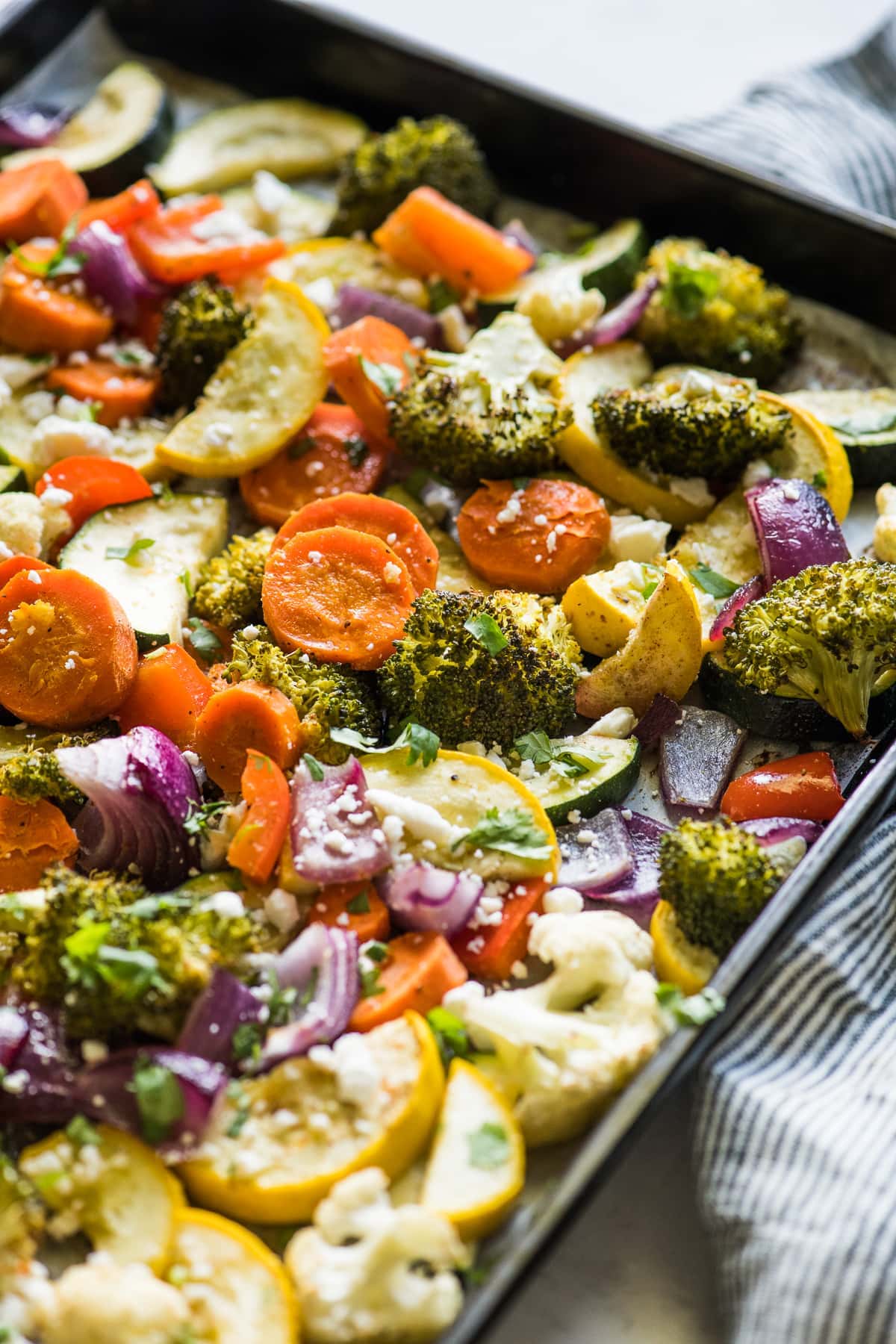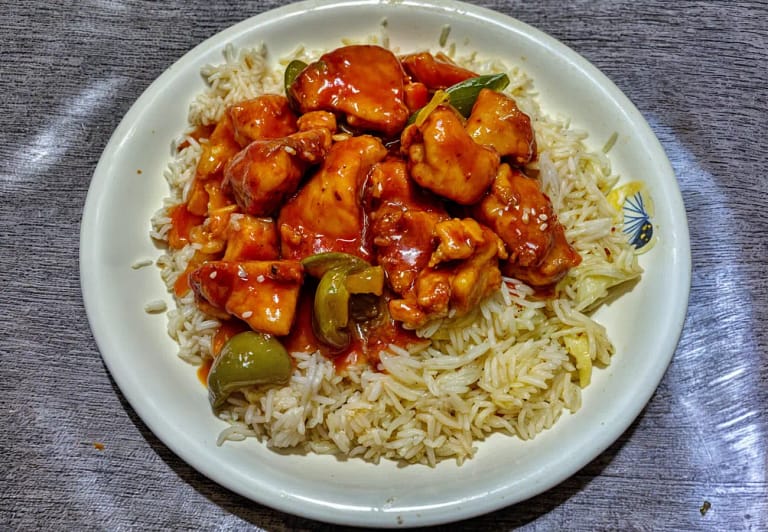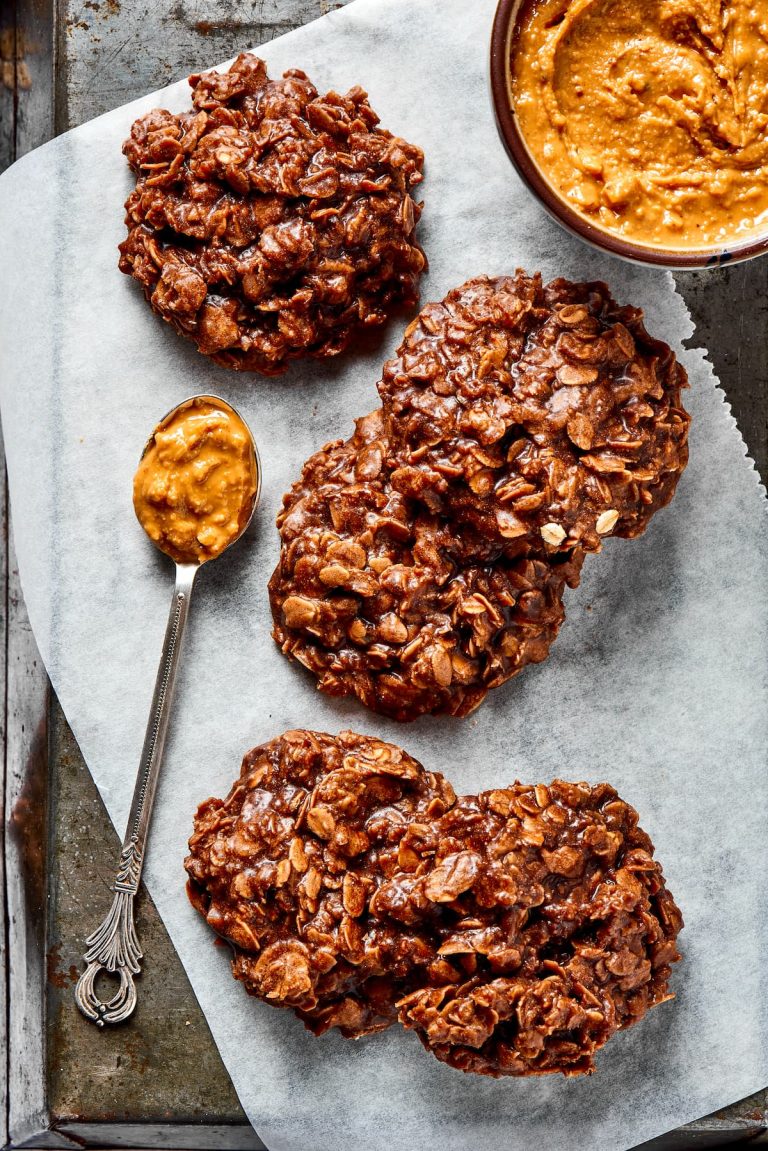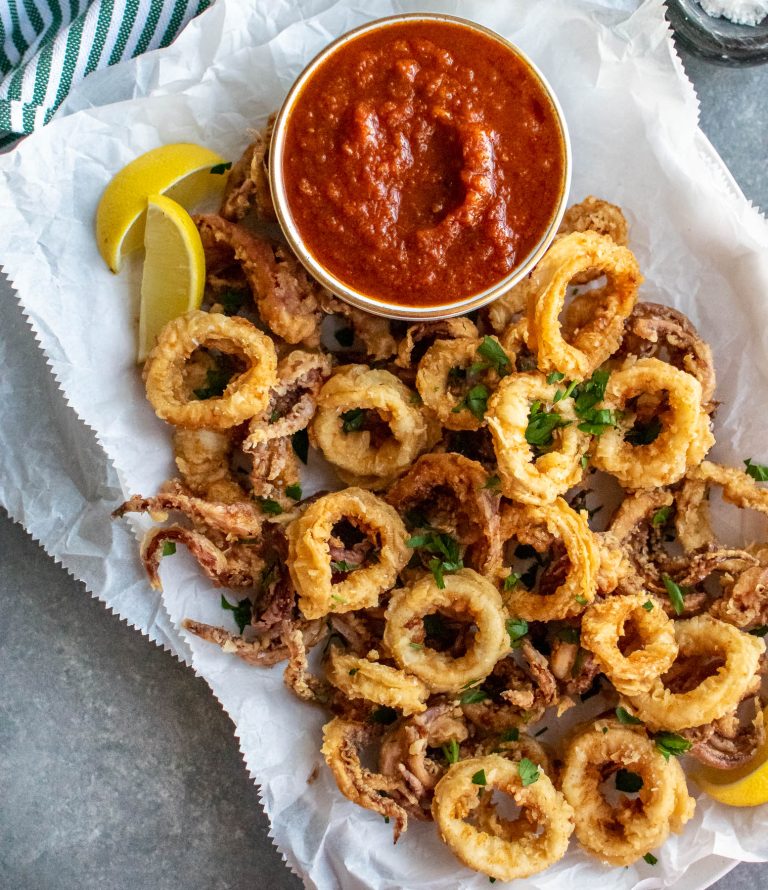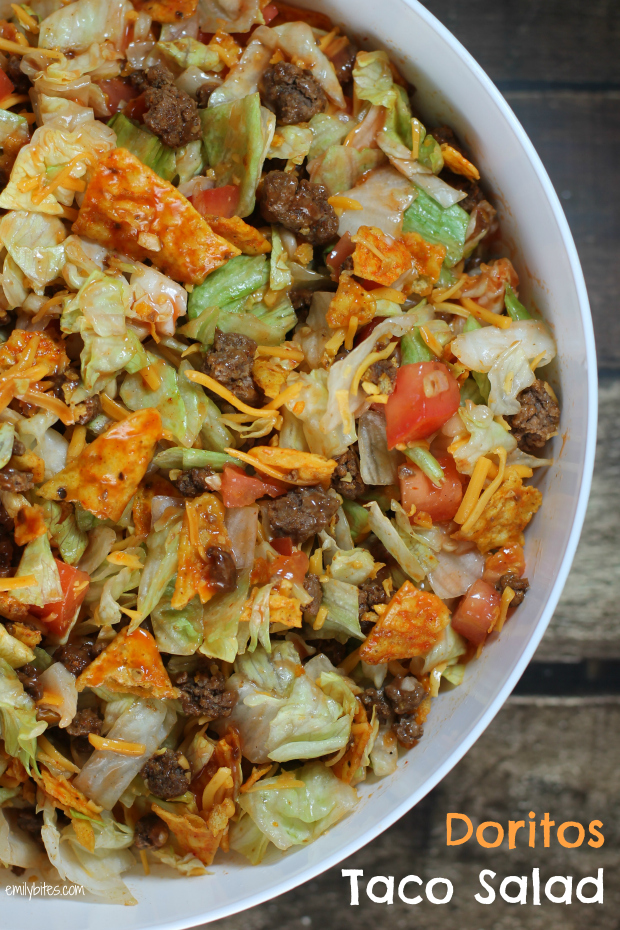Mexican Veggies With Queso: A Flavorful and Nutritious Dish
Queso refers to cheese in Spanish, often implying a melted, creamy cheese dip. It includes varieties like queso blanco and queso fresco. Queso blanco is a mild, crumbly cheese, while queso fresco has a slightly tangy flavor. Both are staples in Mexican cuisine, used to enhance flavors and textures in various dishes. Queso dip, typically made from melted cheeses combined with peppers and seasonings, is popular for its creamy indulgence.
Common Vegetables Used in Mexican Cuisine
Mexican cuisine features various vegetables, each adding unique flavors and textures.
- Bell Peppers – Bell peppers, available in red, green, and yellow, offer a sweet taste and crunchy texture.
- Zucchini – Mild-tasting zucchini adds subtle flavor and tenderness.
- Corn – Corn kernels, sweet and juicy, are commonly added for a burst of sweetness.
- Tomatoes – Tomatoes bring acidity and freshness.
- Onions – White and red onions contribute sharpness and depth.
- Chilies – Different chilies, such as jalapeños and poblanos, add varying levels of heat and smokiness.
Combining these vegetables with queso results in a dish rich in flavor and nutritional value.
Benefits of Mexican Veggies With Queso
Nutritional Value
Mexican veggies with queso offer a nutritious combination of vitamins, minerals, and protein. The fresh vegetables, such as bell peppers, zucchini, and tomatoes, provide an array of essential nutrients. Bell peppers deliver high vitamin C content, aiding immune function. Zucchini offers low-calorie options rich in vitamins A and C. Tomatoes are excellent sources of lycopene, an antioxidant linked to reduced cancer risk.
Queso adds to the nutritional profile by supplying protein and calcium. Queso fresco and queso blanco provide beneficial fats necessary for nutrient absorption. When combined, the vegetables and queso create a balanced dish that meets various dietary needs while being flavorful and satisfying.
Cultural Significance
Mexican veggies with queso hold a notable place in Mexican cuisine and cultural traditions. This dish reflects Mexican culinary practices where fresh, locally-sourced ingredients are pivotal. Vegetables like corn and chilies have been staples in Mexican diets for centuries, tracing back to ancient civilizations like the Aztecs and Mayans.
Queso, particularly queso fresco, highlights the importance of dairy products in regional Mexican diets. Often, small-scale farms produce these cheeses using traditional methods, preserving culinary heritage. By incorporating both elements, the dish embodies the rich agricultural and culinary history of Mexico, showcasing the blend of indigenous and Spanish influences.
Preparing Mexican Veggies With Queso
Ingredients Needed
To prepare Mexican veggies with queso, you’ll need a selection of fresh vegetables and a few other key ingredients.
- Bell Peppers (3 types): Red, yellow, and green bell peppers provide a colorful and nutritious base (150g each).
- Zucchini (1 medium): Sliced to add texture and mild flavor (200g).
- Tomatoes (2 medium): Diced, with their natural sweetness balancing the dish (150g).
- Red Onion (1 small): Thinly sliced to offer a gentle hint of spice (100g).
- Corn Kernels (1 cup): Fresh or frozen, to add a sweet crunch.
- Queso Fresco (200g): Crumbled, for authentic Mexican flavor.
- Olive Oil (2 tbsp): To sauté the veggies.
- Garlic (2 cloves): Minced, for an aromatic depth.
- Cumin (1 tsp): To enhance the earthy flavors.
- Salt and Pepper (to taste): For seasoning.
- Cilantro (1/4 cup): Chopped, for garnish.
Step-by-Step Cooking Guide
Follow these steps to create a delicious dish of Mexican veggies with queso.
- Prep Veggies: Wash and chop bell peppers, zucchini, tomatoes, and red onion. Ensure all pieces are similar in size for even cooking.
- Heat Olive Oil: In a large skillet, heat olive oil over medium heat. Add minced garlic once the oil is hot.
- Sauté Veggies: Add bell peppers, zucchini, red onion, and corn kernels to the skillet. Stir occasionally, cooking for 8 minutes.
- Season: Sprinkle cumin, salt, and pepper over the veggies. Stir to mix the spices evenly through the vegetables.
- Add Tomatoes: Incorporate diced tomatoes, cooking for another 5 minutes until all veggies become tender.
- Incorporate Queso: Lower the heat and add crumbled queso fresco. Stir gently until the cheese starts melting and coats the vegetables evenly.
- Garnish and Serve: Remove the skillet from heat. Sprinkle chopped cilantro over the dish. Serve hot, ideally with warm tortillas or as a side to your favorite Mexican main course.
Variations of Mexican Veggies With Queso
Regional Differences
Mexican veggies with queso differ across regions due to local ingredients and culinary traditions. In Central Mexico, you’ll find the use of nopales (cactus paddles) mixed with queso fresco, while Northern Mexico often includes roasted poblano peppers and panela cheese. The Yucatán peninsula incorporates habanero chilies and queso de bola. These regional differences offer unique flavors and textures, giving you a varied tasting experience.
Vegan and Dairy-Free Alternatives
If you prefer vegan or dairy-free options, you can use plant-based cheeses and alternative ingredients. Nut-based cheeses like cashew queso replicate the creaminess of traditional cheese. For vegetables, you might include mushrooms and eggplant to add robustness. Nutritional yeast, combined with blended tofu, offers a cheesy flavor without animal products. This ensures that you enjoy Mexican veggies with queso regardless of dietary restrictions.
Pairing Ideas
Beverages That Complement the Dish
Consider Mexican veggies with queso and its rich, creamy texture when choosing beverages. Refresh with agua fresca featuring fruit flavors like watermelon, lime, or hibiscus. Opt for Mexican lagers such as Corona or Pacifico, which balance the dish’s flavors. Try a glass of dry Riesling or Sauvignon Blanc if you prefer wine; their acidity complements the creaminess of queso. Non-alcoholic options include sparkling water with a twist of lime or a chilled herbal tea like hibiscus.
| Beverage Type | Examples |
|--------------------------|---------------------------------------|
| Agua Fresca | Watermelon, Lime, Hibiscus |
| Mexican Lagers | Corona, Pacifico, Modelo |
| Wine | Dry Riesling, Sauvignon Blanc |
| Non-alcoholic Beverages | Sparkling Water with Lime, Herbal Tea |
Suggested Sides
Pair sides that enhance and balance Mexican veggies with queso. Serve with warm corn tortillas or crispy tortilla chips for added texture. Include guacamole and salsa for extra flavors and nutrients. Add Mexican rice and black beans to make a hearty meal. For a fresh touch, prepare a side salad with ingredients like avocado, red onion, and cilantro drizzled with lime vinaigrette. Consider grilled corn on the cob, seasoned with chili powder and cotija cheese, to complement the main dish.
| Side Dish | Description |
|--------------------------|------------------------------------------------------------------|
| Corn Tortillas | Warm, pliable, and perfect for scooping up veggies and queso |
| Tortilla Chips | Crispy, providing a contrasting texture |
| Guacamole | Creamy avocado dip, rich in healthy fats and flavors |
| Salsa | Spicy, tangy, and packed with fresh ingredients |
| Mexican Rice | Flavorful, often cooked with tomatoes, onions, and peppers |
| Black Beans | Protein-rich and seasoned for a complete meal |
| Fresh Salad | Mixed greens with avocado, red onion, cilantro, and lime vinaigrette |
| Grilled Corn | Topped with chili powder and cotija cheese for a smoky flavor |
Conclusion
Mexican veggies with queso offer a delightful blend of flavors and textures that can elevate any meal. This dish is not only versatile and customizable but also packed with essential nutrients, making it a healthy choice. Whether you’re entertaining guests or preparing a quick weeknight dinner, this recipe is sure to impress.
Exploring regional variations and vegan alternatives can add even more depth to your culinary experience. Pairing it with the right beverages and sides will further enhance the flavors, ensuring a well-rounded and satisfying meal. Dive into the rich cultural heritage of Mexican cuisine with this delicious and nutritious dish.
